|
There’s no better feeling than capturing that one precious moment in nature, when a bird takes flight, a bumble bee lands softly on a flower, or the setting sun reflecting perfectly on the surface of a mountain lake. Photographs are one of the best ways to relive your adventures and an excellent tool to teach others about the beautiful wildlife you’ve experienced. But when it comes to nature photography, capturing that perfect moment can be a challenge because there are so many moving parts, and wildlife can be especially unpredictable. We asked Chincoteague Bay Field Station’s expert nature photographer and Road Scholar instructor Jim Clark to provide us with a few simple tricks to elevate your photography and bring a piece of nature home with you: 1. Know Your Subject“Be a naturalist first, photographer second. I guarantee your images will be much more appreciated and welcomed by your audience,” explains Jim. “Oh yeah, you’ll have more fun, too!” The best way to photograph nature is to understand nature. Once you gain a deeper knowledge of your subjects, you’ll have an easier time capturing those defining moments about what makes nature so awesome. 2. Don’t Just Photograph Nature; Photograph to Be in NatureYou shouldn’t photograph nature just to get a pretty picture. Professional nature photographers enjoy being outside as much as they love capturing that perfect moment. For Jim, he loves how his students and Road Scholar participants have “just as much fun watching a great egret patiently wait for the right moment to strike the water to catch a fish as they did actually photographing it.” Nature photography should be about the experience and appreciating the beauty of the world, and then about you trying to photograph it. 3. Knowing When to Anticipate and When to ChaseThis one is a twofer. Knowing when to wait for just the right moment to capture can be hard, but it’s also very important. It involves plenty of patience and having a little know-how (see above tip) to anticipate how a moment might play out. Slow down, observe and wait to see if you can anticipate something incredible about to happen. Then be ready to chase the moment. Just as important as anticipating is knowing when to chase a moment. Once you see a moment beginning to unfold, get to work capturing the moment, like an osprey diving for a fish or two polar bears wrestling on the arctic tundra. Just remember: Jim says that knowing when to anticipate and when to chase aren’t mutually exclusive. Both depend upon each other to capture that perfect photograph. 4. Capture a Sense of Place“As nature photographers, we strive to seek that elusive characteristic in our landscape photography: a sense of place,” says Jim. “After all, it is the ‘it’ factor in landscape photography to have our viewers feel as if they can actually sense being there.” That’s why truly immersing yourself into the landscape you are photographing is so important in becoming a skilled and confident nature photographer. Let all distractions fade away and try to pinpoint what makes this landscape so uniquely beautiful. Engage all your senses – savor the experience. The more connection you have with the location, the better your photography will stand out and the more your viewers will feel that magic, too. 5. Get Eye to Eye with WildlifeThough your first inclination might be to remain standing to photograph a small animal, a guaranteed technique to improve your wildlife photography is to change your perspective. Look at your subject from a different angle and get low for an up close and personal view of the animal. “What makes a lower perspective appealing? The short answer: intimacy,” states Jim. “The viewer gets a sense of looking straight into the animal’s eyes and experiencing the world as the animal does.” 6. Listen“Newly minted nature photographers tend to focus on what they see, not what they hear. They fail to take advantage of the moment they are photographing when they don’t use all of their senses.” Jim explains that there’s two reasons for listening when photographing nature. The first is to help identify the species you want to photograph. Sometimes the sounds an animal makes will reveal what it is going to do next. The second, and more important, is that nature’s symphony provides an extra level of nature appreciation. Enjoy the experience! 7. Challenge YourselfOnce you’ve become skilled at the basics of photography, step outside your comfort zone and try something new. Try a new perspective or a different lens. Experiment photographing under different ambient lighting situations. Try a new Road Scholar photography program. “Make this the year you say to yourself, ‘Maybe it’s time…’ Then, fill in the rest of the sentence, and go for it,” Jim says. “Make this the year to increase your confidence, improve your skills, and raise your enjoyment in photographing nature.” A former North American Nature Photography Association President, Jim Clark is the nature photography instructor for the Chincoteague Bay Field Station, Wallops Island, Virginia. Jim leads anywhere between six to eight Road Scholar nature photography workshops at the station. Jim is also a columnist for Virginia Wildlife Magazine, former contributing editor for Outdoor Photographer magazine and author/photographer of six books. Visit Jim’s website at www.jimclarkphoto.com or like him on Facebook. For a full list of Jim’s Road Scholar programs, and more learning adventures, visit www.roadscholar.org.
Images © Jim Clark. All rights reserved.
4 Comments
The Eastern Shore is highly regarded as one of the world's hot-spots for birding, as it's a prime stopover point for migratory wildfowl and songbirds. The Delmarva peninsula is truly a nature photographers paradise and is the reason why Chincoteague Bay Field Station hosts the Delmarva Nature & Wildlife Photography Summit each year.
The summit is ideal for photographers who are looking to take their work to the next level, especially those who aspire to create imagery with particular consideration for conservation and the environment. With esteemed and seasoned professional photographers like Jim Clark, Nikhil Bahl, Bill & Linda Lane, and Brian Zwit, participants are guaranteed to be inspired by not only the luscious landscapes but also by the fantastic set of faculty. This year we had nearly 50 participants join us from the Mid-Atlantic region and beyond - from Texas and Florida to Ohio, Illinois, and Maine. During the summit, participants choose from a variety of workshops and field sessions that are taught by each of the summit instructors. Examples of this years sessions included "The Essentials of Bird Photography," "Capturing a Sense of Place," and "Using the Other Half of the Day: Nighttime Photography." The passion of the group transformed campus into a true photographers haven, where networking and gadget-talk permeated meals and downtime. CBFS hosts a variety of photography programs throughout the year through Road Scholar that are taught by Jim Clark and Nikhil Bahl. Be sure to check these programs out and save the date for next year's Summit on November 17-20, 2015. Absolutely. Besides, crabs are a lot easier to handle than sharks, and a lot easier to find! It's our second week of intergenerational camp through Road Scholar, and our grandparents and grandchildren are having a blast! Today campers spent time learning about and catching crabs on Wallops Island. Using an old tried and true tradition, educators showed campers how to catch crabs using a small pipe, some rope, and a chicken neck. Yes, a chicken neck. After trying the piece to some rope, tying that to the pipe, and winding it up, campers threw the bait into the water. Once they felt a tug, our Sea S.T.A.R. Interns used nets to help bring the crabs in to be examined and studied. Educator Alyssa taught everyone how to identify the sex of the crab, all dependent on what "shape" they have on their apron, the underside of their shells. The males will have a shape "like the Washington Monument," and immature females will have a shape "like a pyramid." If it was a mature female, she would have a squishy sack where the eggs are kept. Both the grandparents and the children were eager to learn how to handle these creatures which are so characteristic of the Eastern Shore. These crabs, however, were tossed back into the water, but the campers will enjoy a crab dinner another night this week! Learn more about other family programs we have here! Our Road Scholars braved the cold to gather materials to create a series of coiled baskets. They visited Wallops Island to collect cordgrass and oyster shells. Most of the time they were busy coiling in the warm Education Center! The technique used is similar to that used to construct pine needle baskets which is a Native American basketry form. Yesterday CBFS staff woke up to nearly eight inches of fresh fallen snow on our campus. For those of you who aren't familiar with the Eastern Shore of Virginia, we should preface this with the fact that even an inch of snow here closes all schools, businesses, and prohibits travel on most roadways. The Shore essentially shuts down and an official snow day is called.
At CBFS, however, things don't stop for a little precipitation! By 7AM our Education Team (who live on site) could be found shoveling and salting the sidewalks, cooking up a delicious breakfast, and preparing for a full-day of programming! We had two fabulous groups in house this week - Road Scholar Coastal Basketry and the Winter Coastal Ecology Homeschool program. While schedules were slightly altered to ensure safety, we're pretty sure that both groups had an enjoyable time and learned a lot! Homeschoolers got the full "winter" experience with all the snow during their Winter Coastal Ecology program. |
About
Everything you need to know about CBFS's educational programs, visiting Chincoteague Island, and more! Categories
All
Archives
January 2019
|
CHINCOTEAGUE BAY FIELD STATION | 34001 Mill Dam Road | Wallops Island, VA 23337 | (757) 824-5636 | [email protected]





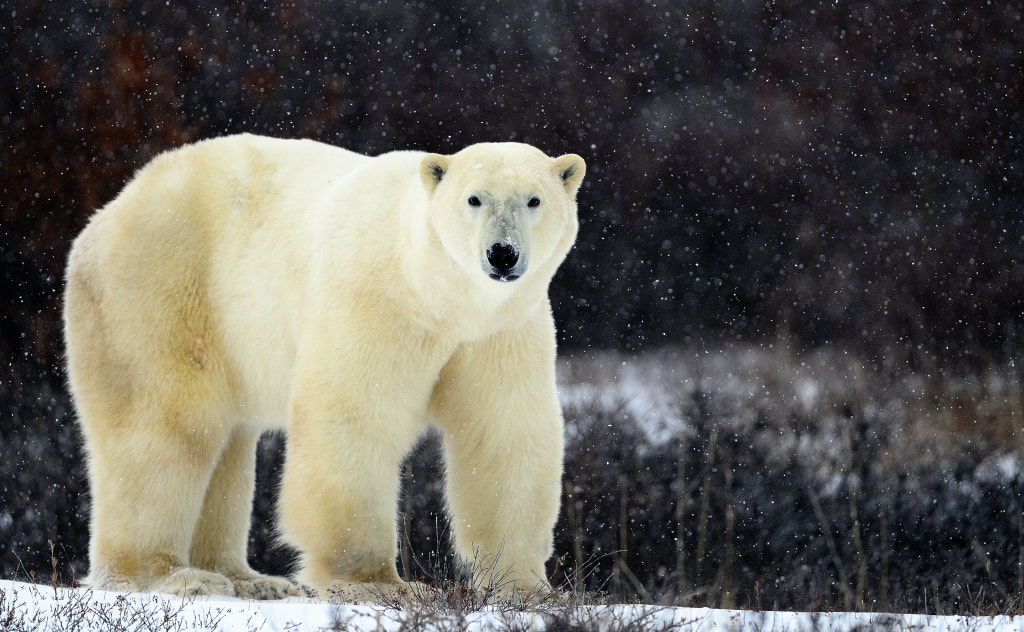


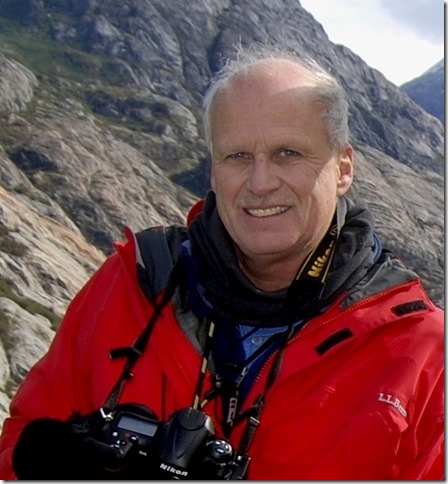



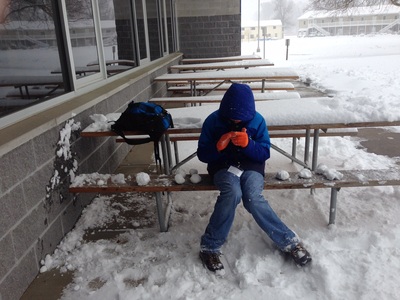


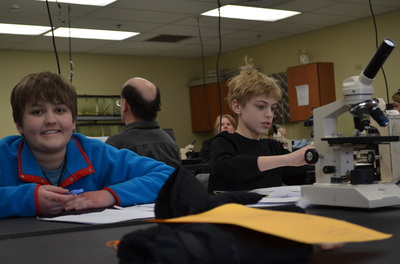





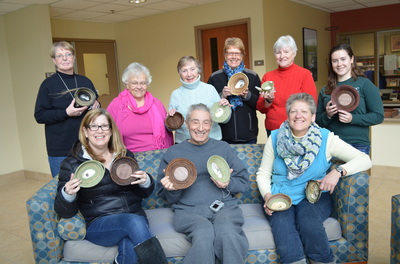



 RSS Feed
RSS Feed

